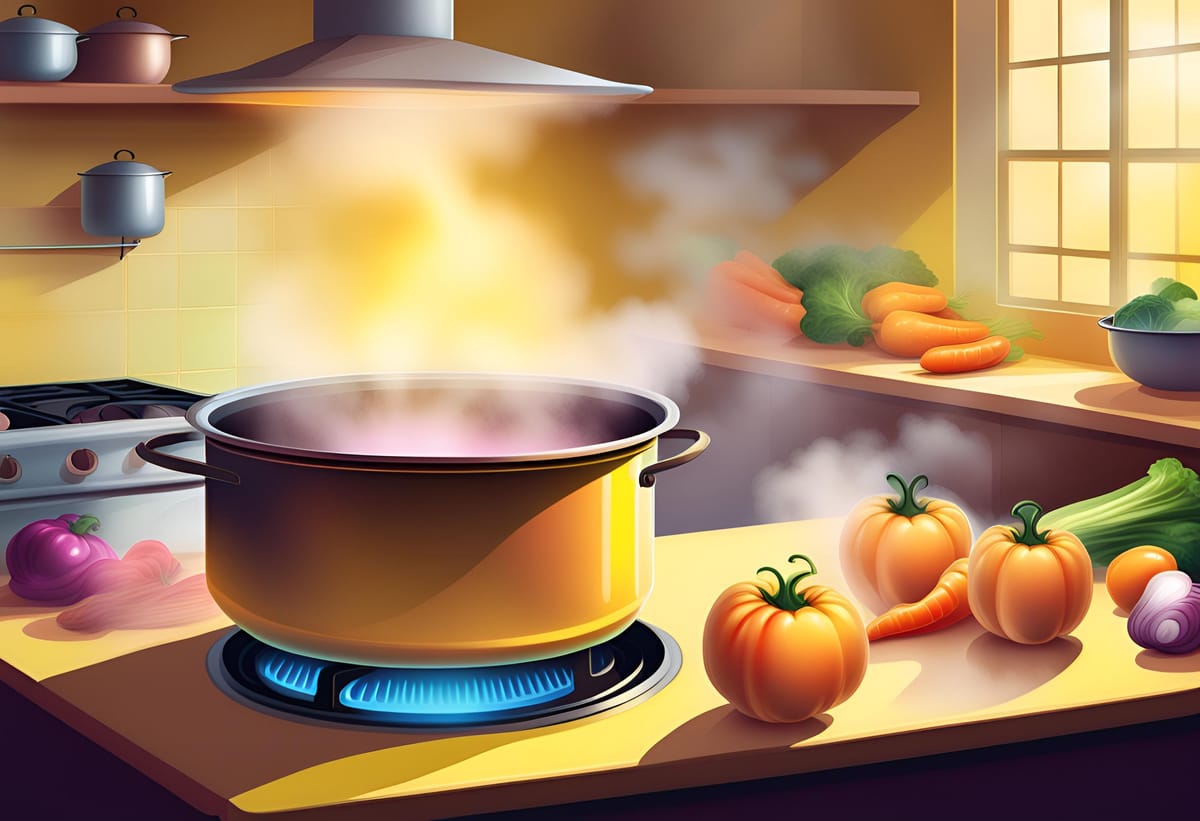Are You Losing Nutrients When Cooking Your Vegetables?

Vegetables are nutrient-dense powerhouses packed with protective plant compounds, fiber, vitamins, and minerals. They are essential for maintaining a healthy weight and reducing the risk of conditions like heart disease and certain cancers. However, the way vegetables are cooked can significantly impact their nutritional value.
While boiling can lead to a loss of water-soluble nutrients, steaming tends to preserve more vitamins and beneficial compounds. If you want to cook them, the key lies in choosing healthy methods and avoiding overcooking.
Why Steaming Is a Better Option for Retaining Nutrients
Steaming uses heat from water vapor to cook food without submerging it in water. This gentle cooking method minimizes nutrient loss compared to boiling. For instance, studies show steaming helps retain higher levels of vitamin C, beta-carotene, and flavonoid antioxidants in vegetables, such as broccoli and spinach.
Boiling, on the other hand, immerses vegetables in water, causing nutrients like vitamin C to leach into the liquid. Research has found that boiling results in significantly greater nutrient losses than steaming. For example, steaming vegetables for five minutes results in only an 8.6–14.3% loss of vitamin C, whereas boiling for the same time causes a 40.4–54.6% loss.
The Taste and Texture Debate
Steamed vegetables maintain their vibrant color, firm texture, and natural flavor, making them more appealing to many people. In contrast, boiled vegetables tend to be softer and less vibrant. A study comparing taste and appearance found that steamed vegetables were rated more favorably than boiled ones for their flavor and texture.
How to Steam Vegetables Properly
Steaming is an excellent way to preserve both flavor and nutrients, but the timing is critical to avoid overcooking. Here are approximate steaming times for popular vegetables:
- Broccoli florets: 5 minutes
- Cauliflower florets: 5–6 minutes
- Brussels sprouts: 8–10 minutes
- Green beans: 4–5 minutes
- Spinach: 3 minutes
- Peas: 3 minutes
- Small potatoes: 15–20 minutes
- Asparagus: 4–6 minutes
Steps to Steam Vegetables Using a Steamer Basket
- Fill a pot with 1–2 inches of water and bring to a boil.
- Place a steamer basket over the water.
- Add vegetables to the basket, cover with a lid, and reduce heat to medium.
- Steam until the vegetables reach your desired tenderness, checking occasionally with a fork.
Tips for Preparing Vegetables
- Enhance flavor with herbs, spices, and lemon juice instead of salt.
- Pair vegetables with a healthy fat, like olive oil, to boost the absorption of fat-soluble nutrients.
- Combine vegetables with a protein source (beans, fish, or chicken) for a balanced meal.
- Explore various cooking methods like roasting, sautéing, or baking to find your favorite preparation style.
- Keep frozen vegetables on hand and experiment with cooking techniques to maximize convenience and nutrition.
In conclusion, both steaming and boiling can produce healthy vegetable dishes, but steaming retains more nutrients and enhances the flavor and texture of the food. Experimenting with different cooking methods, such as sautéing or roasting, can also help you enjoy vegetables in a variety of ways while preserving their nutritional benefits.
Source: Health, Jillian Kubala, RD, November 26, 2024.



Comments ()